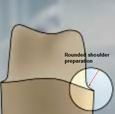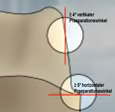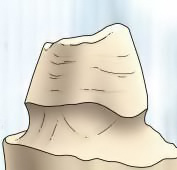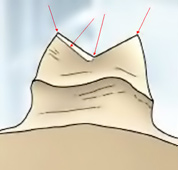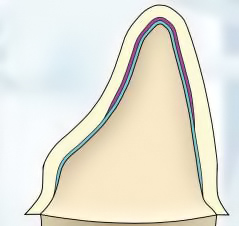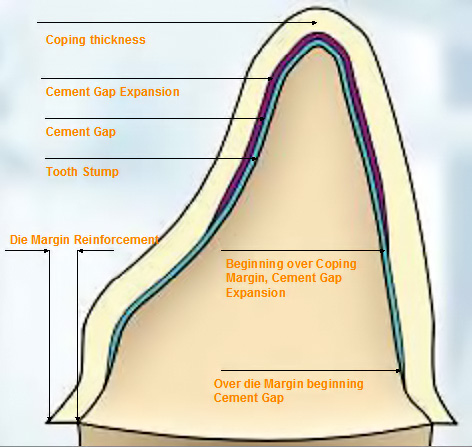Zirconium Oxide – the Framework Material of the Future
Unlike traditional all-ceramic restorations, Lava™ restorations are made of zirconium oxide. This strong material does not require a distinct shoulder to support the framework or to enhance the esthetics. In addition, the margins can be thinly tapered. This means the preparation for Lava restorations protects the tooth structure.
Indications
Lava crowns and bridges for all anterior and posterior tooth.
Ideal Preparation: Shoulder or Chamfer to Allow Precise Margin Detection
Ideally, the preparation includes a circumferential shoulder or chamfer with a horizontal angle of at least 5°. The vertical preparation angle should be at least 4°.
Proven treatment procedures remain with Lava crowns & bridges
With Lava crowns and bridges offer your patients high quality dental restorations. Besides a natural esthetics and high strength have Lava crowns and bridges, especially an excellent fit. When creating Lava crowns and bridges only need a few basics are followed to achieve this quality.
Examples of preparation for crowns and bridges
From the automatic Margin detection, the following preparation results.
Special Preparations:
Unacceptable Preparations:
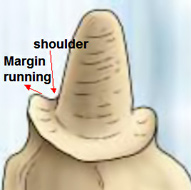 |
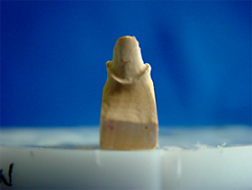 |
Gutter Preparation: Margin cannot be detected unambiguously. |
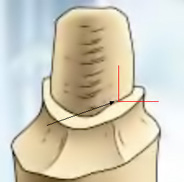 |
90° Shoulder: Margin cannot be detected unambiguously. |
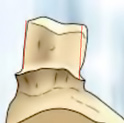 |
Undercuts must be avoided. |
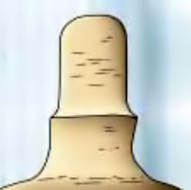 |
Parallel walls: In principle, parallel wall preparations are feasible. However, a cement gap cannot be milled in this case. This may significantly affect the fit. |
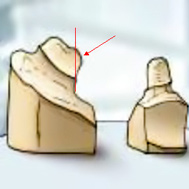 |
Divergent stumps in the bridge cannot be milled. Due to the restricted path of insertion inclination of the two stumps can not be realized. |
Cement Gap
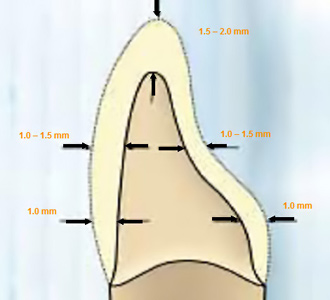 |
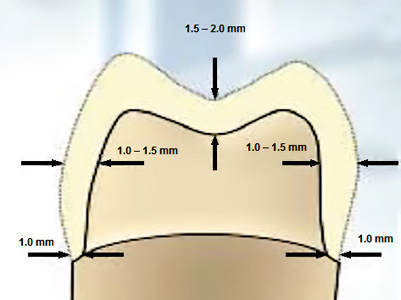 |
|
Price-list request for smoothly, please fill in the fields marked with a *, thank you. Required * |




